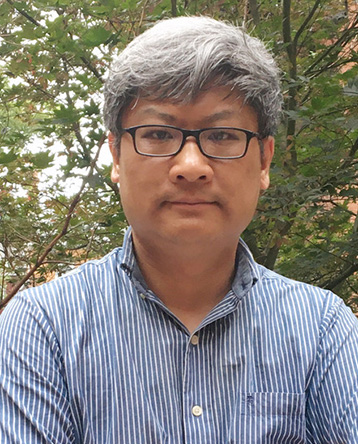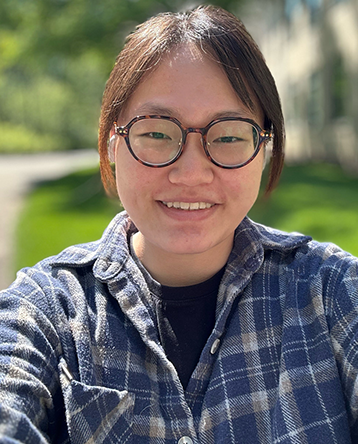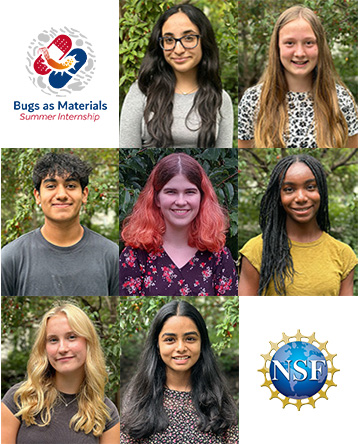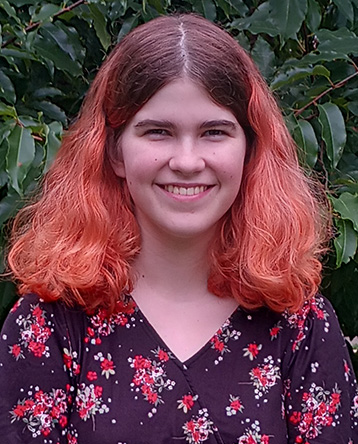Niepa μBiointerface Lab
The physicochemical mechanisms that regulate microbial growth in various settings remain poorly understood for reasons linked not only to the versatility of the microorganisms but also to the challenge of designing new platforms to study or control them. The mission of the μBiointerface Lab is to develop translational-research programs that elucidate these mechanisms by designing sustainable control strategies for microbes relevant to health, industry, and the environment. Our research plan is to pursue three interrelated research thrusts to:
- Eliminate pathogenic microbial communities (biofilms) associated with implantable devices using conductive substrate interfaces
- Model pathogenic and beneficial microbial communities (microbiomes) in artificial microniches made of soft biomaterial
- Control beneficial interfacial biofilms using surface-active compounds


































